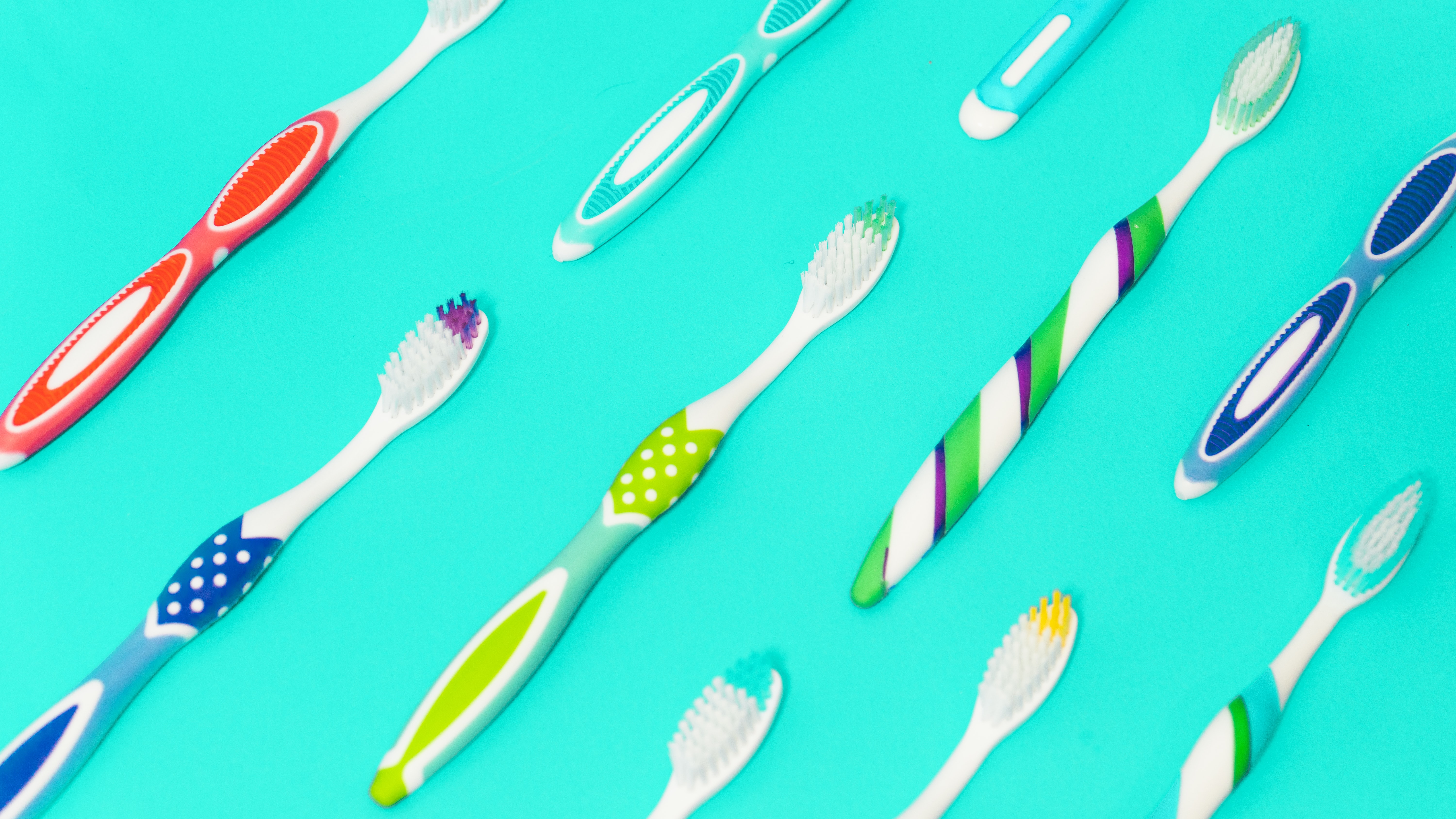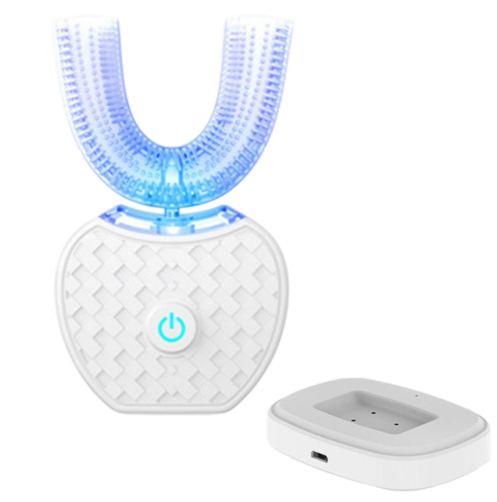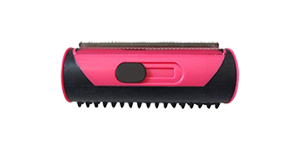Hard Truths About Your Toothbrush

So, you’ve brushed your teeth today – most likely this morning, before you left for work or this evening before you tucked yourself in for some shut-eye. Good for you! You go to great lengths to ensure your oral hygiene is in tip-top shape. Or do you? In as much as you have the best intentions when you pick up that bristly companion of yours, you might actually be ingesting some pretty harmful micro-organisms in the process. According to a 2012 article in the Nursing Research and Practice Journal as soon as your toothbrush is placed on your bathroom vanity or countertop, it is exposed to millions of microorganisms, and contamination of your brush only gets worse with time. This is especially true if you have a toilet in the vicinity. However, even those of you with separate commode and bathing facilities are still at risk.
An approximate 100 million bacteria could be sitting on your toothbrush right now, just waiting to take a swan dive into your mouth the next time you decide to brush. The great news for you is that our mouths are already teeming with bacteria – most of which are strong enough to fend off those nasty little intruders. That being said, there are still a few things that you can do to ensure your mouth is happy and healthy.
Keeping A Balance
Because of the fact that our mouths contain such high amounts of bacteria, it’s important to keep your mouth clean. You might be thinking, “Well, that’s what I’ve been trying to do by brushing my teeth.” As we said before, if you're on the ball in terms of regular oral hygiene practices, good for you! However, brushing might not be enough. You’ll need to floss regularly too. If you have had dentists point towards the early signs of diseases like gingivitis or other bacterial over-colonization, you’ll also need to put some mouthwash to good use. West End Dental reports that using mouthwash can greatly diminish the number of bacterial organisms in your mouth and prevent plaque build-up.
How you brush and the type of toothbrush that you’re using will also have a big impact on your overall oral health. It’s important to see a dental hygienist at least once a year – or every six months if you have an existing dental condition. They’ll be able to advise on the right toothbrush for your oral hygiene, particularly your gum health.
Truth Hurts
If you’ve had several issues with your oral health in the recent past, then you might want to consider how you’re brushing your teeth. Aggressive brushing with a toothbrush that isn’t suited to your tooth and gum sensitivity could lead to food particles and other debris being pushed up underneath your gums. With a moist, dark place to fester, the bacteria on those particles could multiply at a staggering rate leading to tooth decay, gum infections, and other chronic diseases. In the article, Contaminated toothbrushes – potential threat to oral and general health, as published in the Journal of Family Medicine and Primary Care, “In removing plaque and other soft debris from the teeth, toothbrushes become contaminated with bacteria, blood, saliva, and oral debris. These contaminated toothbrushes can be a source of infection.”
Try to steer clear of electric toothbrushes because you have little control over the brush strokes and replace your toothbrush every four months.
How Do I Keep My Toothbrush Hygienically Clean?
This is a fair question, given all of the information you’ve just gone through. For starters, you need to ensure that your toothbrush is completely clean after every brush. Don’t just run it under some cold water and ‘hey, presto’ you’re done. Run your brush under hot water for 30 seconds to be certain that the majority of debris and bacteria have been washed away or killed off. If you would like to do this in a more environmentally friendly manner, and save on water usage, grab a clean glass from your kitchen and fill it up with hot water. Leave your toothbrush to soak for a minute.
Next, get that brush away from your throne. Most bathrooms are built with a sink right next to – or at least in close proximity to – a toilet. Every time you flush, countless microorganisms and bacteria particles go flying into the air and land safely and sound on your brush. Even if you shut the lid when you flush, you’re still likely to end up with a contaminated toothbrush.
Skip toothbrush holders altogether. You’re better off popping your toothbrush in a clean and clear glass – one that you can easily see to the bottom of. Toothbrush holders are germ hoarders. If you can’t see into every nook and cranny of the holder that you place your toothbrush in, then the chances are that it is a moist and dark breeding ground for bacteria.
Finally, keep your brushes separate to avoid cross-contamination and make sure that they are bone-dry every time you finish using them. The drier the brush, the less likely bacteria will grow on it.




